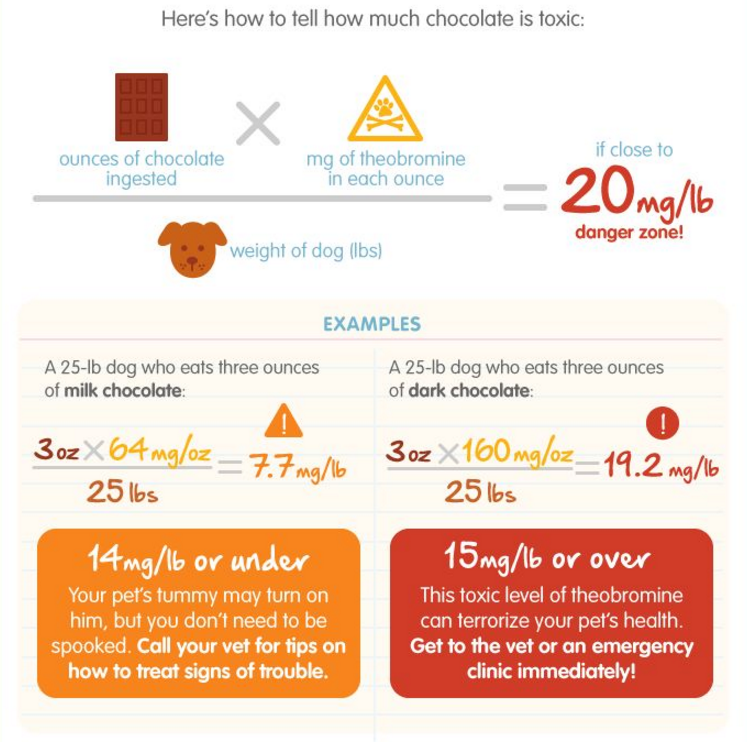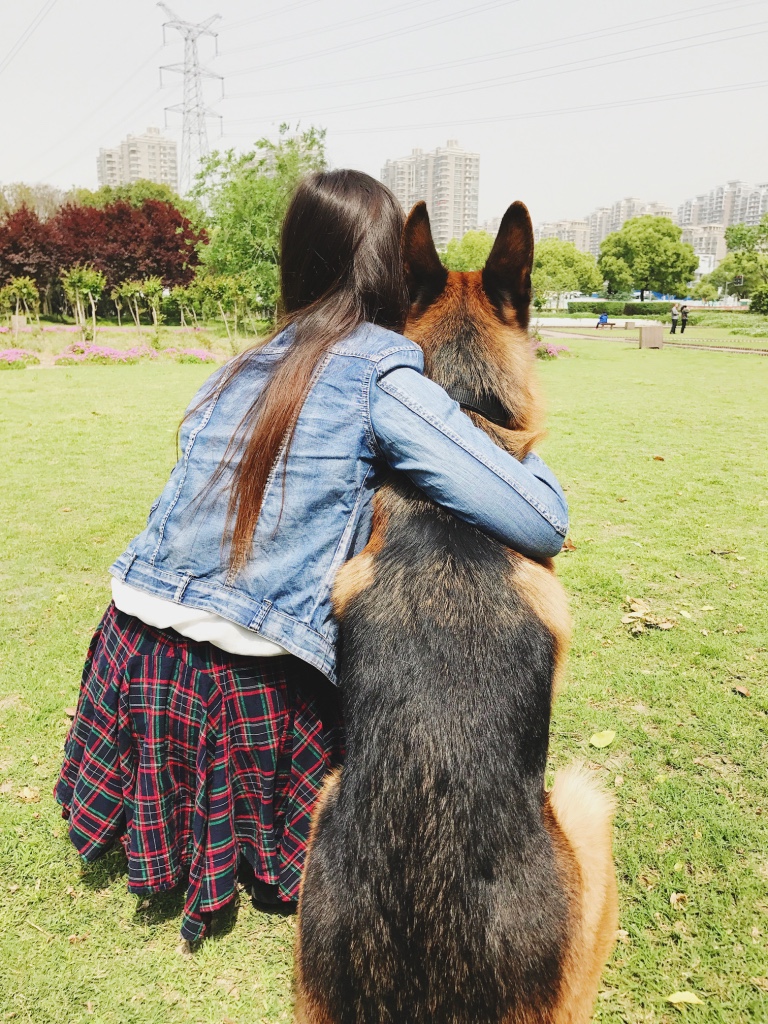Dogs, with their unconditional love for us, have a huge impact in our lives. They make us feel loved and secure at all times. But did you know that their love can be used in therapies?

Fig 1. Image of a Golden Retriever, from flickr
Dogs are commonly used in therapies, namely in the animal assisted therapy (AAT), to benefit human’s mental health. Hoffman and his team claim that dogs help us reduce anxiety in particular.
To determine how dogs can help reduce anxiety, Hoffman and his team carried out an experiment on a group of participants with depression. They were provided with two 30 minute interaction with a dog and a research assistant. During each session, they talked with the research assistant, such as about their hobbies, and their previous experience with pets. They could pet or hug the dog during the session.
Their state anxiety was measured for data analysis by having the participants complete the state anxiety inventory (STAI) before and after each session.
It turns out that the participants showed significantly reduced anxiety when a dog was present, which was not the case for when the dog was not present. As shown in the graph below, there was a significant decrease of -2.402 in mean STAI score after the dog assisted condition, while the controlled condition showed statistically insignificant change in score of -0.981.

Fig 2. STAI score before and after the therapeutic session with a dog
Hoffman’s team concludes that even a short 30 minute interaction with a dog is highly effective in reducing anxiety. Clearly, dogs are not only the best companion, but also a powerful therapeutic source. Having realized how much impact dogs have in our lives, I wish more people could recognize their importance and treat them better.
-Clair Yoon







